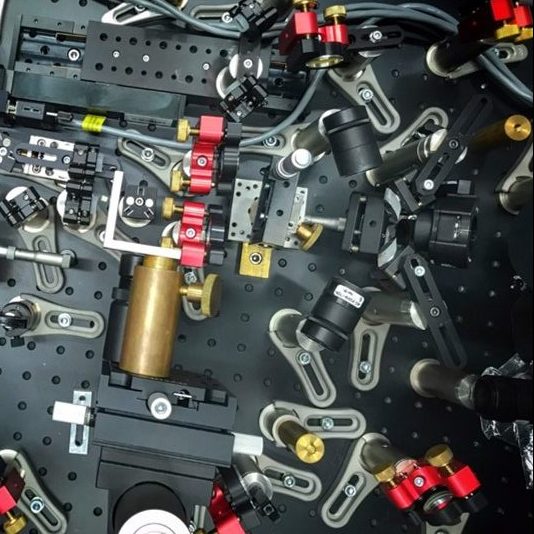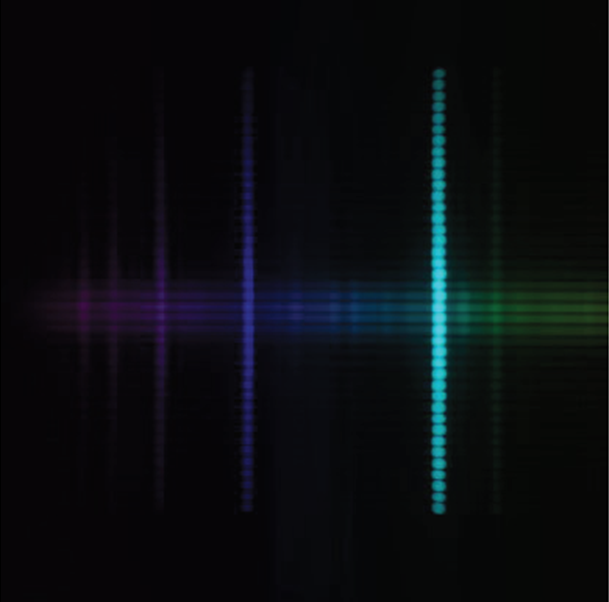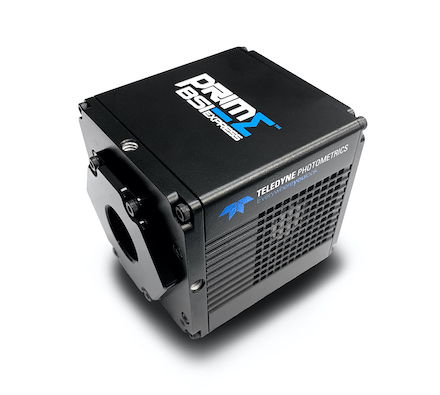Physics and Biophysics
Physics imaging encompasses a wide range of techniques used to interrogate physical phenomena using high tech imaging systems. Biophysics involves using the theories and methods of physics to study biological systems, with biophysical imaging contributing to drug discovery, structure and function of biological molecules, and how cells and molecules interact.
For physics and biophysics imaging, researchers rely on highly sensitive and non-invasive analysis techniques. A number of which are fluorescence-based, but also including light scattering or spectroscopy-based techniques.
Most biophysical imaging techniques require cameras with high sensitivity and fast speeds in order to detect the molecular events occurring within the sample.

Kinetix
High sensitivity, 95% quantum efficient sCMOS camera with an incredibly high 400 fps full-frame speed and a massive 29.4 mm diagonal field of view.
The speed of the Kinetix significantly outperforms typical sCMOS devices. With a full-frame framerate of 400 fps and a 10 megapixel sensor, the Kinetix delivers over 4000 megapixels/second
The high quantum efficiency and low read noise combined with the balanced 6.5 µm pixel size also delivers the sensitivity needed to get the highest image quality from biophysical systems without sacrificing resolution.

Prime BSI Express
High sensitivity, 95% quantum efficient, sCMOS camera with 6.5 µm pixels,
1.0 e– read noise and 95 fps full frame speed.
The high quantum efficiency and low read noise combined with the balanced 6.5 µm pixel size offers high sensitivity imaging whilst achieving Nyquist sampling with the most popular objective magnifications used for biophysical imaging.

Prime 95B
Extremely sensitive, 95% quantum efficient sCMOS camera with 11 µm pixels and EMCCD level detection.
Go beyond EMCCD for biophysical imaging with the back-illuminated Prime 95B, which features an equivalent level of detection but with a faster speed, larger field of view and no EM-gain aging or excess noise.
The Prime 95B allows exposure times to be lowered significantly to increase acquisition speed and reduce photobleaching and photodamage to the lowest levels possible on an sCMOS camera.
Customer Stories
Quantum Communication

“”With the [Prime BSI] on our custom setup we can carry out experiments which we could not perform before.””
High Flux Plasma Spectroscopy

“With the Prime 95B 25 mm I can get a 10 μs exposure time with the fast mode, letting us image induced plasma pulses.”
Optics and Nanomaterials

“The Evolve 512 Delta EMCCD camera has saved us a lot of time and we have much better resolution within our experiments.”



